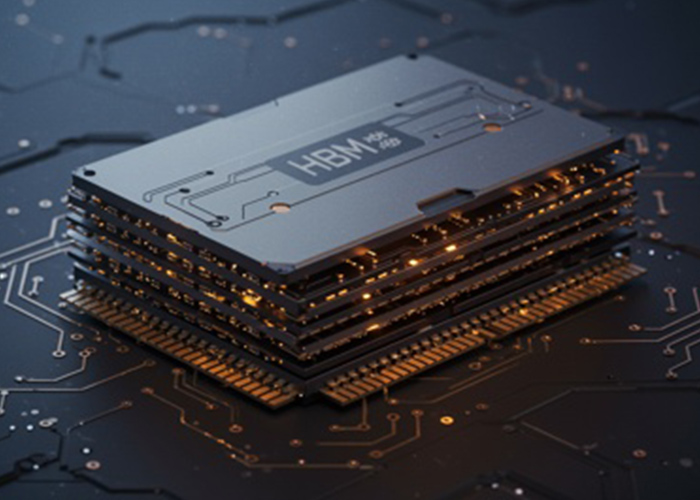
A University of Adelaide researcher has raised fresh questions about the commercial future of ULTRARAM, a heavily promoted III–V semiconductor memory concept that has attracted global interest for its potential to combine the speed of DRAM with the non-volatility of flash.
Adjunct Lecturer Dr Dominic Lane, from the School of Electrical and Mechanical Engineering, has analysed the technology’s scientific basis and commercial challenges, publishing his findings in the Journal of Applied Physics. While he describes the underlying physics as elegant, he argues that significant barriers – rather than breakthroughs – define ULTRARAM’s current trajectory.
Dr Lane says the technology faces long-standing materials and engineering issues including interface defects, charge-trapping instabilities and scalability limitations. These, he argues, are likely to prevent ULTRARAM from reaching manufacturable, high-yield production despite years of research.
ULTRARAM relies on quantum mechanical behaviour, such as resonant tunnelling, to allow a barrier to switch between opaque and transparent states using minimal energy input. Its combination of speed, endurance, energy efficiency and non-volatility has made it an eye-catching candidate for future digital electronics from personal computing to large-scale data centres.
Dr Lane, who previously co-invented and fabricated the first ULTRARAM devices on silicon during his time at Lancaster University where the technology originated, says the gulf between laboratory demonstrations and commercial viability remains substantial. He highlights the absence of a credible pathway to grow defect-free III–V semiconductor stacks on industry-standard 300 mm silicon wafers, a requirement for any realistic system-level deployment.
He believes clearer communication and stronger evidence are needed before the technology is promoted as commercially imminent. A greater emphasis on interface engineering and materials integration, he says, is essential for ULTRARAM or any next-generation memory technology to progress beyond promising physics into practical, scalable production.





